Learn Spanish While Exploring the Beauty of Chile from the Atacama Desert to Patagonia
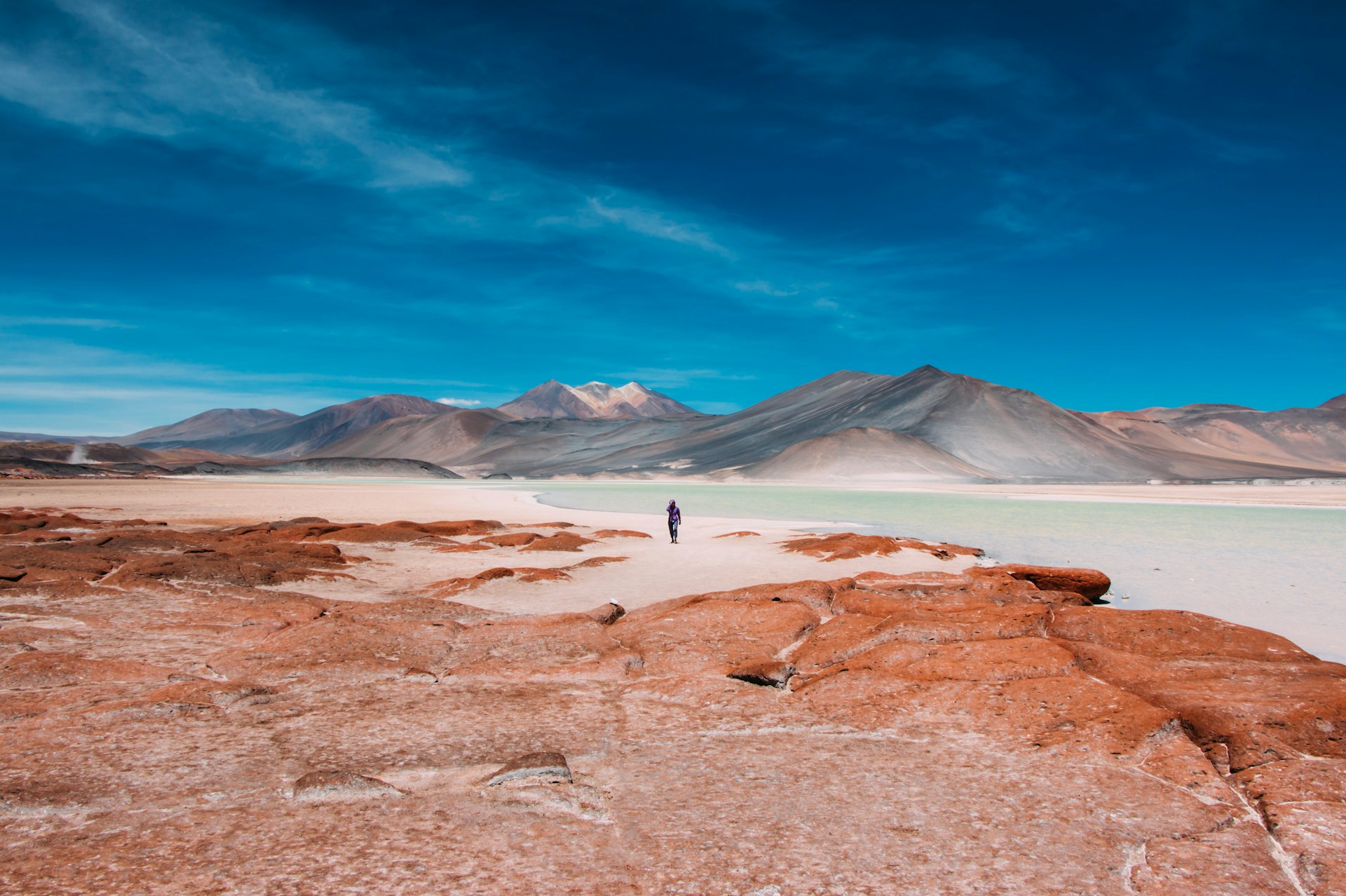
¡Viva Chile!
Long live Chile for its beautiful nature and geographic grandeur. Should you have the chance to travel there for a ten-day or one-month vacation, you’ve got to check out all the lovely gifts this narrow country has to offer. You will be stunned by the stark contrast between the driest desert in the world and the lush region of Patagonia.
In this article, we have got you covered with the best travel destinations and itineraries to get you excited about using your Spanish while traveling through Chile.
You can also practice your Spanish while you’re traveling. You may want to learn some Chilean terms before heading to this amazing country. Check out this video: Takio interprets Chilean Slang
Chile’s got it all. Spectacular national parks. A ginormous cement hand sculpture rising 36 feet out of the sand. Condors passing by overhead. Glaciers. And Penguins. Lots of penguins. It has pretty much any and every environment you can think of.
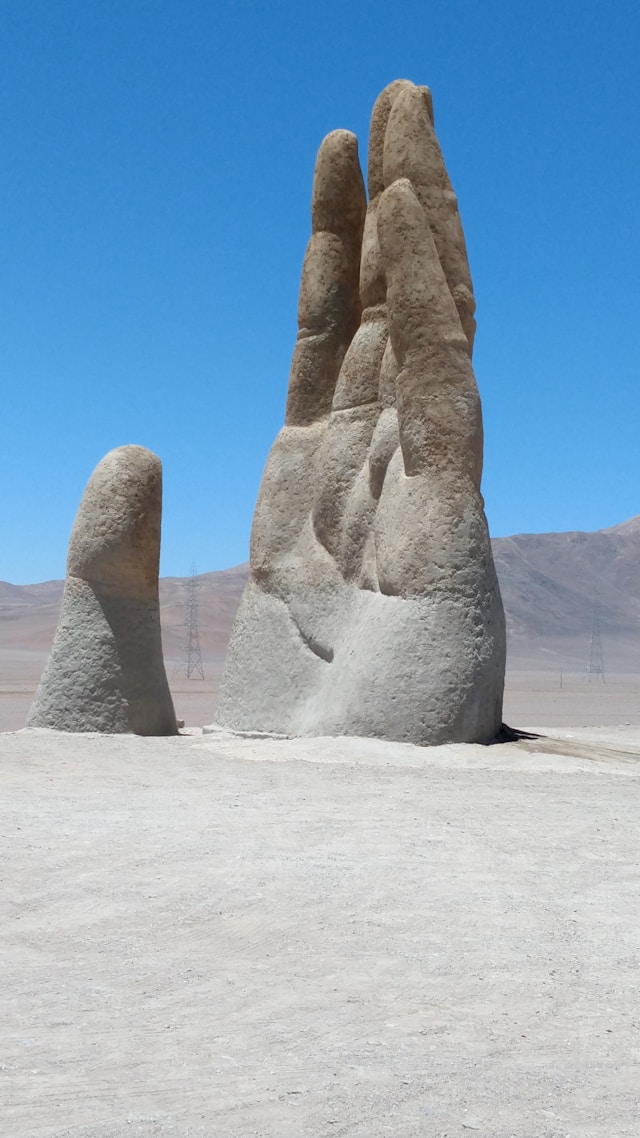
Table of Contents
- Introduction: Discover the Beauty of Chile
- A Country of Extremes: Chile's Unique Geography
- Northern Chile: Mystical Landscapes of the Atacama
- Central Chile: Lower Your Inhibitions Speaking Spanish with an Austral Beer in Santiago and a Concha y Toro Red in Wine Country
- Southern Chile: Lakes, Volcanoes & Mapuche Traditions
- Patagonia: Live your Spanish-speaking dream down in Patagonia, and Enjoy End-Of-The-World Beauty
- Let’s Go Eco-Friendly and Travel Responsibly in Chile
- Make Your Dream Trip a Reality: One-Week, Two-Week, and Three-Week Itineraries
- Conclusion: Get Out There and Soak Up the Magic of Chile
A Country of Extremes: Chile's Unique Geography
Chile is like nature’s own experiment in stretching the limits. This pencil-thin country snakes over 4,000 kilometers from head to toe, hugging the southwestern edge of South America.
Looking at pics is a good start. But experiencing it in person is when the magic happens.
Once, while in Antofagasta, two guys leisurely cycled down the beach boardwalk singing “I want to ride my bicycle!” They didn’t have a care in the world. The waves were crashing, and you could smell the refreshing sea mist in the air. The sun was high overhead. It felt like anything was possible.
Chase the sunset in the north. Ramble through vineyards in the central region. Challenge the icy peaks of the Andes. Chile really does have something for every adventurer.
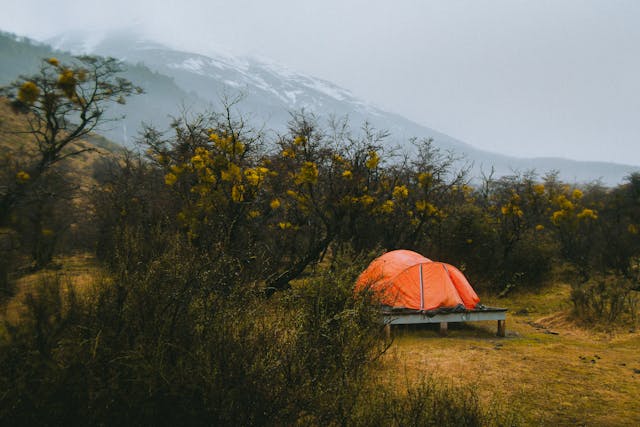
Northern Chile: Mystical Landscapes of the Atacama
Here in the north, there are some parts where it hasn’t rained for hundreds of years. Northern Chile’s crown jewel is a land of contradiction: the driest desert in the world, painted with vibrant mineral hues, teeming with wildlife, and soaked in mysterious energy.
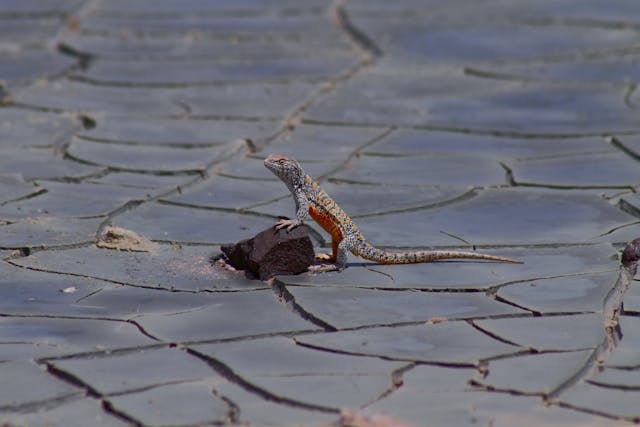
Start with Valle de la Luna, where you’re not sure if you’re on earth or on the moon. Sculpted by wind and time, this otherworldly valley turns golden-pink at sunset
Are you an early riser? Catch the El Tatio Geysers puffing up clouds of steam at over 4,000 meters altitude.
Nightfall brings a whole different magic. In San Pedro de Atacama, the stars put on a show worth the trip alone. With some of the clearest skies on the planet, you can ponder the wonders of the cosmos and forget your worries.
But there’s more. High-altitude altiplano lagoons, mirror-still and rimmed with salt, host flamingos strutting like they own the place. You’ll also find local markets selling desert herbs, quinoa, everything, and handicrafts reflecting indigenous traditions still thriving today.
Travel Tips:
– Hydrate often.
– Best times to visit? March through May or September through November for fewer crowds and cooler temps.
Central Chile: Lower Your Inhibitions Speaking Spanish With an Austral beer in Santiago and a Concha y Toro red in Wine Country
If Northern Chile is raw nature and cosmic wonder, Central Chile is where culture, cuisine, and cabernet collide. This region balances the buzz of modern life with the ease of vineyard sunsets.
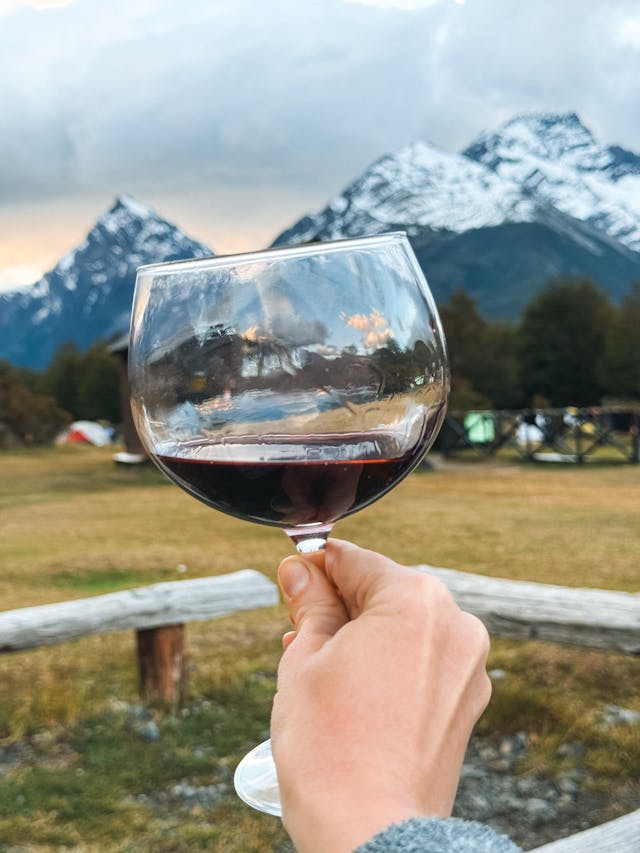
Central Chile is where urban life meets cultural depth, with a strong dose of food, wine, and history.
Start with Santiago, the capital city framed by the Andes. Key places include La Moneda Palace, the lively Bellavista neighborhood, and the Museum of Memory and Human Rights, which offers a sobering look at Chile’s political past. For a break from the city, head to Cajón del Maipo, a mountain valley known for hiking trails, rivers, and hot springs.
Not far from Santiago is Valparaíso, a port city known for its steep hills, street art, and layered history. The city’s vibrant visual identity and working-class grit helped shape it into a cultural hub, famously admired by poet Pablo Neruda. Make sure to visit his house there.
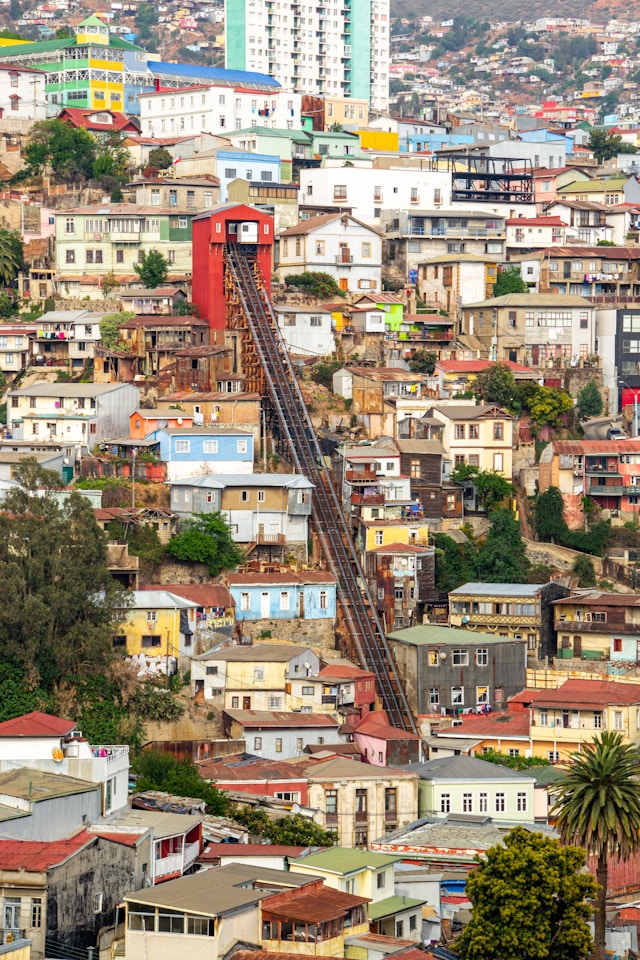
Chile’s central wine regions—Casablanca and Maipo Valleys—are some of the most productive and well-known in South America. They offer structured tours, wine tastings, and insight into local viticulture.
Food in the region includes staples like Chilean empanadas, fresh seafood, and pisco-based drinks. Music and cultural events are common, especially in urban centers and coastal towns.
Southern Chile: Lakes, Volcanoes & Mapuche Traditions
Southern Chile is where postcard perfection meets cultural fusion. In the Lake District (Los Lagos), shimmering lakes mirror snow-capped volcanoes, and Alpine-style towns serve up bratwurst with a Chilean twist.
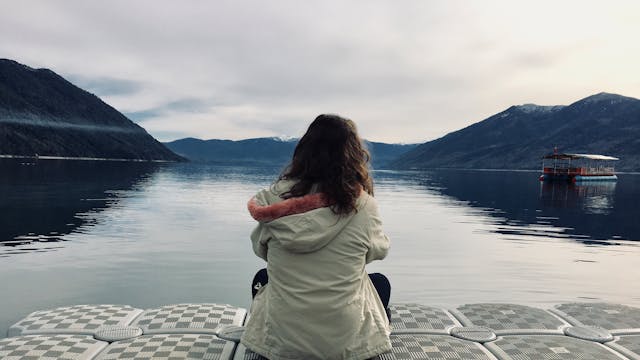
Start in Puerto Varas, a small city on the edge of Lake Llanquihue, known for clear views of the Osorno Volcano. The nearby town of Frutillar has a strong German architectural influence, visible in its timber homes and cultural institutions like the lakeside theater. Traditional bakeries and cafés reflect this heritage—expect German-style pastries alongside Chilean fare.
Outdoor activities are a major draw in this region. Vicente Pérez Rosales National Park offers hiking routes through forests and along volcanic rock paths. Petrohué Falls is one of the more accessible natural landmarks in the park. Water-based activities like kayaking and rafting are available in the surrounding lakes and rivers.
Culturally, this area blends Mapuche heritage with German immigrant traditions. You’ll find artisan markets selling local crafts alongside breweries producing small-batch beers in Alpine-style settings.
Southern Chile's Los Lagos region is ideal for travelers interested in both nature and culture. It’s not designed to impress—it simply reflects the characteristics of the land and the people who’ve shaped it.
Patagonia: Live your Spanish-speaking dream down in Patagonia, and Enjoy End-Of-The-World Beauty
Patagonia is one of the most remote and ecologically diverse regions in South America, known for its extreme landscapes, variable climate, and sparse population.
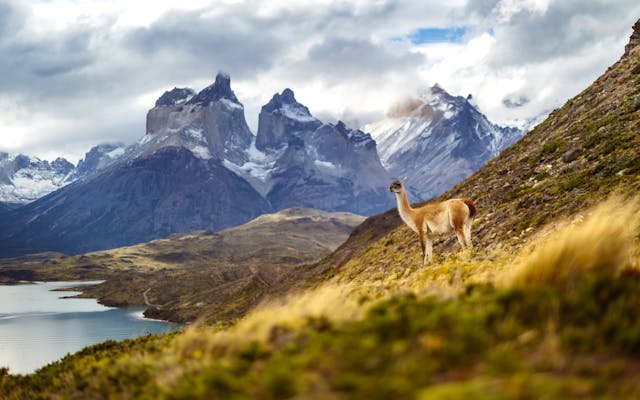
In the Aysén Region of Northern Patagonia, travelers often drive the Carretera Austral, a long and scenic highway that cuts through forests, fjords, and mountain terrain. A major highlight is the Marble Caves on General Carrera Lake—a natural limestone formation shaped by water over thousands of years.
Farther south, the Magallanes Region contains the most visited area of Patagonia: Torres del Paine National Park. The park is home to dramatic granite towers, lakes fed by glaciers, and diverse wildlife. Hiking circuits like the W and O routes are popular with trekkers, but less intensive options are available, including boat tours and day hikes.
Puerto Natales serves as the main gateway to the park, with a growing number of restaurants, gear shops, and small hotels. Punta Arenas, farther south, offers access to penguin colonies, historical sites, and Antarctic cruise departures.
Wildlife includes guanacos, pumas, condors, and whales—with spotting depending on timing and location.
Travel Tips:
– Visit from November to March for more stable conditions.
– Be ready for sudden changes in weather; layering is essential.
– Practice low-impact travel—this is a fragile region with limited infrastructure.
Patagonia is isolated and demanding, but for those prepared, it offers rare access to some of the most unspoiled natural environments on Earth.
Let’s Go Eco-Friendly and Travel Responsibly in Chile
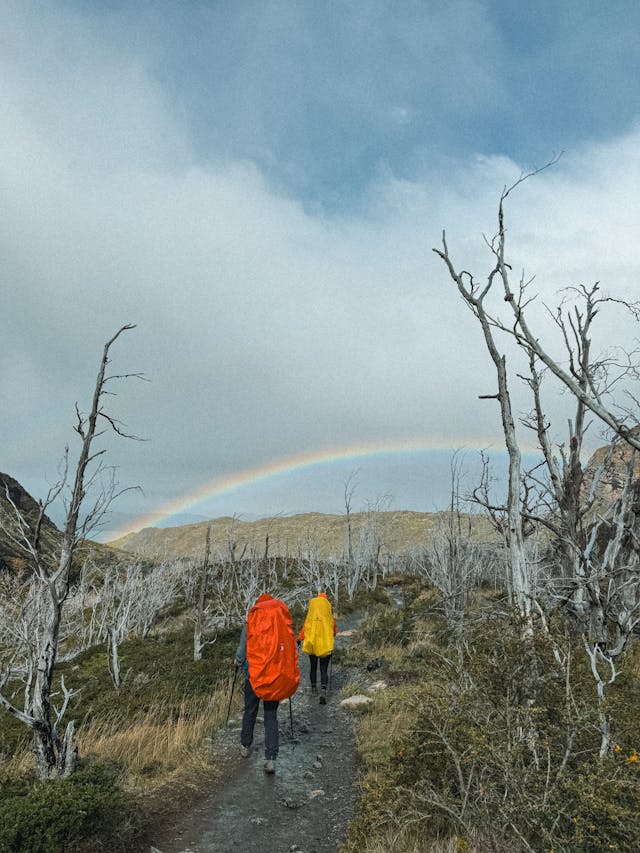
Chile’s landscapes are as varied as they are sensitive. From deserts to glaciers, many ecosystems here are vulnerable to overuse and climate change. Travelers play a role in minimizing impact.
Stick to marked trails, avoid disturbing wildlife, and limit plastic use. Even common activities like feeding animals or picking plants can have lasting consequences.
Support local guides and small businesses. They contribute directly to the economy and often practice more sustainable methods. When visiting areas with indigenous communities—such as the Mapuche in the south or the Atacameño in the north—approach with respect. Observe local customs, ask questions, and avoid treating culture like a tourist attraction.
Follow Leave No Trace principles. That includes packing out trash, minimizing campfire use, and not removing anything from natural sites.
Make Your Dream Trip a Reality: One-Week, Two-Week, and Three-Week Itineraries
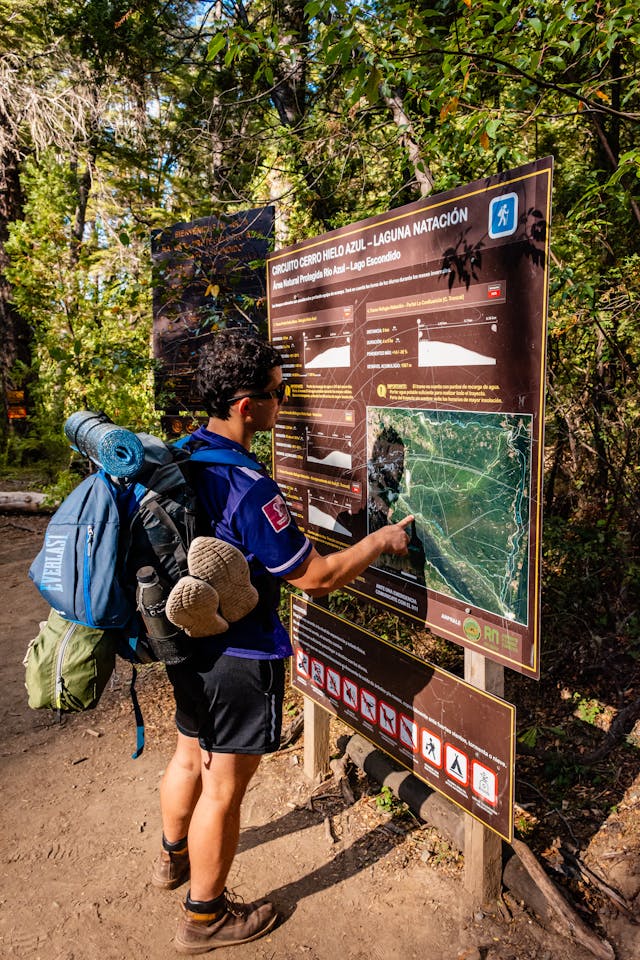
1 Week:
Arrive in Santiago, visit major sites, then travel to Valparaíso. Choose either the Atacama Desert (for landscapes and stargazing) or the Lake District (for outdoor activities and volcano views) to finish.
2 Weeks:
Begin in Santiago, explore nearby wine regions, continue to the Lake District, and end with several days in Patagonia. Covers city life, nature, and regional culture.
3 Weeks:
Start in the Atacama Desert, travel south through Santiago and the Lake District, and finish in Torres del Paine. Covers a wide range of Chile’s geography and climates across 4,000+ kilometers.
Travel Tips:
✈️ Flights save time. LATAM and Sky Airlines are your go-to. If you need to quickly hop from Santiago to the north or south, search for budget flights using Google flights.
Check out this 2-hour LATAM flight from Santiago to Antofagasta for $26 with bags included:

🚌 Buses are comfy, have personal attendants on board that run bingo games where you can win prizes! They are budget-friendly for mid-range hops. You could also take an overnight bus ride if you want to rough it and save a few pesos chilenos. But honestly, for long distances, spending a few more pesos on a cheap flight is well worth the cost.
🚗 Car rentals are best for regions like the Lake District and Aysén.
💬 Basic Spanish (and “chilensis”) goes a long way—hola, como estay, gracias [graciAH], baño, otro pisco sour, por favor, ¡sipo!.
💸 Chile’s not cheap, but local eats and hostels help balance the budget.
🛡️ Safety-wise, Chile’s one of the safest countries in South America. Still, use common sense, especially when going home after the bars.
Conclusión: Get Out There and Soak Up the Magic of Chile
From the dry highlands of the Atacama to the glacial landscapes of Patagonia, Chile offers a wide range of environments and experiences. The country stands out for its geographic extremes, ecological diversity, and cultural layers.
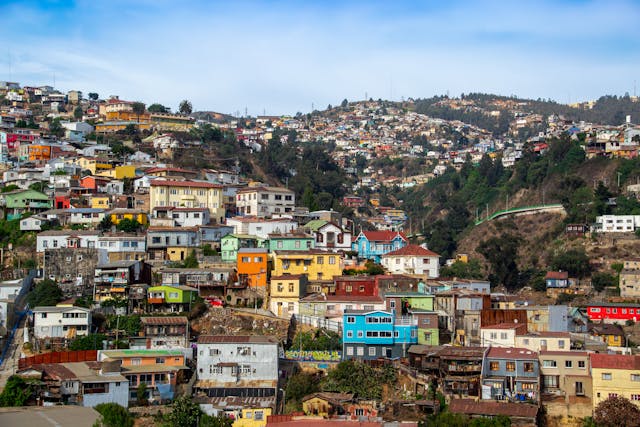
Whether you're focused on outdoor trekking, unique culture, practicing your Spanish, or starry night photographing, Chile has got it all. So start dreaming about when you’re going to make this trip happen.
Watch this related Dreaming Spanish video on Talking About Chile - Advanced Spanish - Tourism and Travel #28.
Make your Speaking Spanish Dreams Come True. START LEARNING SPANISH TODAY!
Featured author: Joe Bommarito
Joe is a language teacher and freelance writer. He’s taught students in the USA, Korea, Spain, and on iTalki. Two of his favorite activities are walking in the sun and listening to podcasts. If your paths cross, he’d love to invite you to a tasty cuppa coffee. Click here to get in touch with him.

